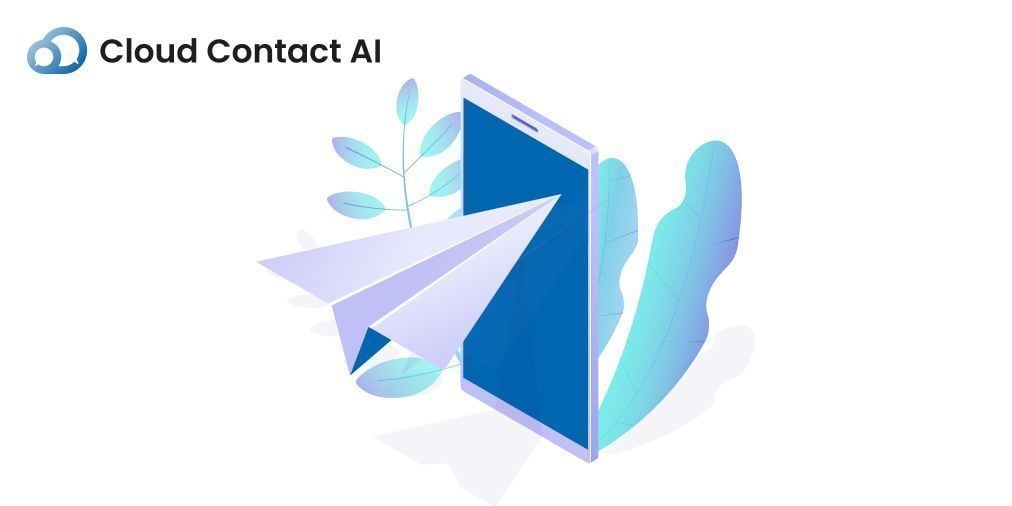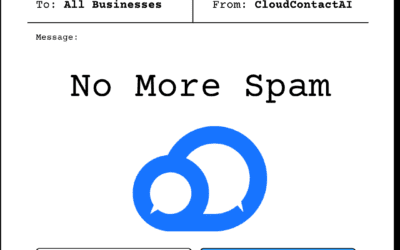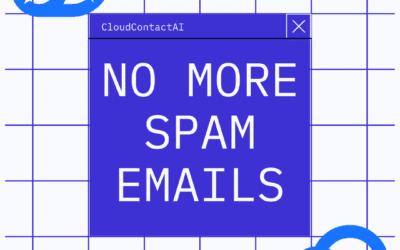What is Email Marketing?
Email marketing is a powerful tool of the modern business world. It can be used to make buyers aware of our latest discounts and offers. Email marketing also plays a significant role in the marketing tactics that goes with the generation of sales lead, brand recognition, constructing relationships, or involving customers through different marketing emails.
Tips for Email marketing strategy:
- Know your audience:
It’s always good to personalize the message you’re sending potential customers, therefore you need to distinguish your audience from the general public. Whenever people sign up to subscribe to your emails, it’s fine to ask what they are looking for – Offers and discounts, Restock information, new launch products, or newsletter updates? Categorize them accordingly and use different tactics.
- Welcome Emails:
Send a welcome email to anyone who signs up, many brands lure website visitors to sign up by giving them a 10% discount, or the existing customers will get an extra 10% Off in case they introduce their family and friends, this helps in growing the list of subscribers.
- Scheduling time of Emails:
Select a consistent time and days of the week for sending the Emails, that way the customers will be expecting your emails on a particular day and time and will be getting what they want. However, in case you are planning a big promotion for example – the Black Friday sale, Christmas sale or offers then there is no need to stay on the recurring schedule as the subscribers already expect great offers during these holidays.
- Take measure of metrics to track the impact:
First, determine the purpose of the Email, and then you can take into account the type of metrics to measure. For example: If you want the recipients to read the content of the email wholly then put an eye-catching and compelling subject line and measure the open rate against it, or if you want to extend any deal or discounts, measure it against a number of clicks, subsequent visitors and the resulting conversions.
- Reward Loyalty:
The subscribers who always open your email and clicks are your strongest brand ambassadors. They earn special treatment for their loyalty. You can start with a survey on how you can make your email program better. In return, you can award them with special discounts and offers. The benefits will be doubled as you can retain your most loyal customers and also get valuable information from them.
- Make it mobile-friendly:
Nobody can think of their life without smartphones, that’s why people are browsing more and purchasing more, also they can easily check their emails over the phone. Therefore the email templates and the landing pages where you are directing subscribers should be streamlined to make them mobile-friendly. There are several programs to check how your deliveries will look like.
- Circumvent Spam:
Circumvent spam at all costs, as your whole email program can be blocked. You can frequently clean your subject lines, that is avoid using CAPS LOCK, or the signs- !!!!, $$$. Use a valid email id of the recipient and mention the unsubscribe link. Always write the company’s email ID in the ‘From’ section, rather than any eye-catching detail. Make sure you give a permission reminder – You’re receiving this email as you subscribed HERE.
- Make your Emails desirable:
Make sure you do not buy the email addresses from any company, it should be a valid list of subscribers. The Unsubscribe button should be clearly visible to all. Whenever people give their details for a subscription, ask them to double opt-in. You can confirm in the first email by asking, “Subscribed by accident”? This is just to confirm no over mailing to a particular segment of people, who are also not reverting and converting into sales.
- Make Call To Action clear :
Everyday people tend to receive so many promotional emails in their inbox, Why will they click yours from so many? We need to be tactful. The subject line should be catchy and the call to action should be bold and clear in the first section of our email so that subscribers will not be able to scroll and get engaged and finally convert into sales
- Quality supersedes Quantity
Emails are a powerful tool to communicate, but too many emails may give opposite results. The subscribers may mark your emails as spam, or in the worst case, they may unsubscribe them. Also if we send emails too frequently, it will not make them more interesting or impressive. Therefore, we should start with a slow pace and test how your audience responds to your emails.
- Segregate your email list
In email marketing, all the subscribers get the same messages at the same time. But if you personalize these emails to cater to the needs and tastes of subscribers then there are chances of a high engagement rate and more conversions. We can categorize them according to :
- The demographic location of subscribers
- What they are focussing on and purchasing in the last few visits on your website
- The time of opening up your other emails.
These few details may help in reaching out to recipients in a better way.
- Declutter the subscribers list regularly:
Many subscribers receive the emails and ignore them for an indefinite period. They were there in their inbox forever. This may harm your delivery rates, as you are over mailing to a group of people who are not interested to hear, and not engaging or converting. You need to focus on this and declutter the unengaged subscribers who have not opened the emails for the last few months from the list.
- Follow consistent design:
The email pattern should follow the overall design of your website. The recipients must have an idea from where they got an email. The experience from clicking on the link pasted in emails to your website landing pages must be a flowing one.
Here is the checklist before starting any email campaign
- The company Logo should be clear and visible at the top(Linking to the website)
- Colors must align with the website design
- The Message should be short and clear, highlighting the offers
- Hypertext indicates destination URL and should be short
- Don’t use no-reply
Receiving a promotion email from no-reply doesn’t give a good impression on recipients, as it closes the window of conversation and it also seems very unfriendly. People do not tend to open these emails and ignore them. Companies don’t prefer to use any personal email id or company name in the form section. The best way to sort this out is to test to see which section is receiving the most openings.
- Consistency
A consistent pattern needs to be followed while sending the emails, i.e the number of emails sent on Monday is 3 and on Tuesday it is 50, which gives a confusing signal, recipients might take it as spam. The company’s reputation is built gradually in the mind of customers and that’s how you slowly increase the volume of promotional emails. Else it may create a lot of frustration in the mind of users.
- Email Marketing Guidelines:
The latest practices flowing in the market should be followed by the companies. Although it’s a big challenge, the latest trends related to emails give a good impression. This nitty-gritty also takes into account the needs and understanding of the people in a more clear way.
- Diversification of channels:
Emails are the tried and tested platform available to companies to converse with customers, but this is not the only one preferred channel. You need to give options to the recipients. It might be possible that they want to know about your latest offers via emails but they are comfortable in receiving shipping information via SMS. You need to have some experiments here with more channels, keeping in mind the engagement rate.
- Coordination between multi-channel campaigns:
The promotional campaigns going on different platforms should be coordinated to support each other. For example- The company might run some pre-targeted campaigns on different channels, it might help them to know what is ringing with the customers and that data helps you inform the subject lines or the taglines of the emails.
Therefore, creating an effective email design and marketing campaign is not a dreadful task, You just need to follow a few rules and apply the above tips in forming the emails that resonate with the recipients at once and lead to conversions.
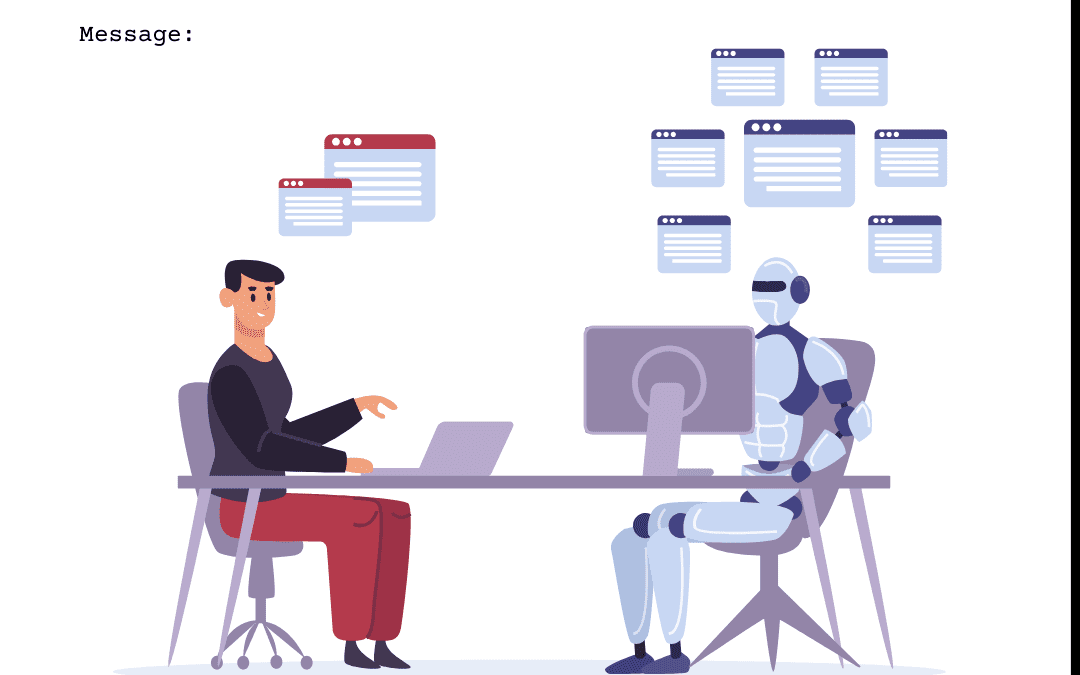
Implementing Generative AI in Business Communication Systems
The integration of Generative Artificial Intelligence (AI) with communication platforms holds the promise of transformation. This blog post explores the hurdles businesses commonly face when incorporating Generative AI into their communication systems and highlights how CloudContactAI effectively addresses these issues. We’ll delve into key challenges such as data integration, model training complexity, seamless adoption, and ethical considerations.

Innovative Event Communication: Unleashing the Power of AI Optimization
In the dynamic world of event management, staying ahead in communication strategies is paramount for success. With the advent of Generative AI, a transformative wave is sweeping across the industry, offering innovative ways to optimize communication throughout the entire event lifecycle. This blog post will delve deep into the growing role of Generative AI and how CloudContactAI’s solutions are reshaping event promotion, attendee engagement, and post-event follow-ups.
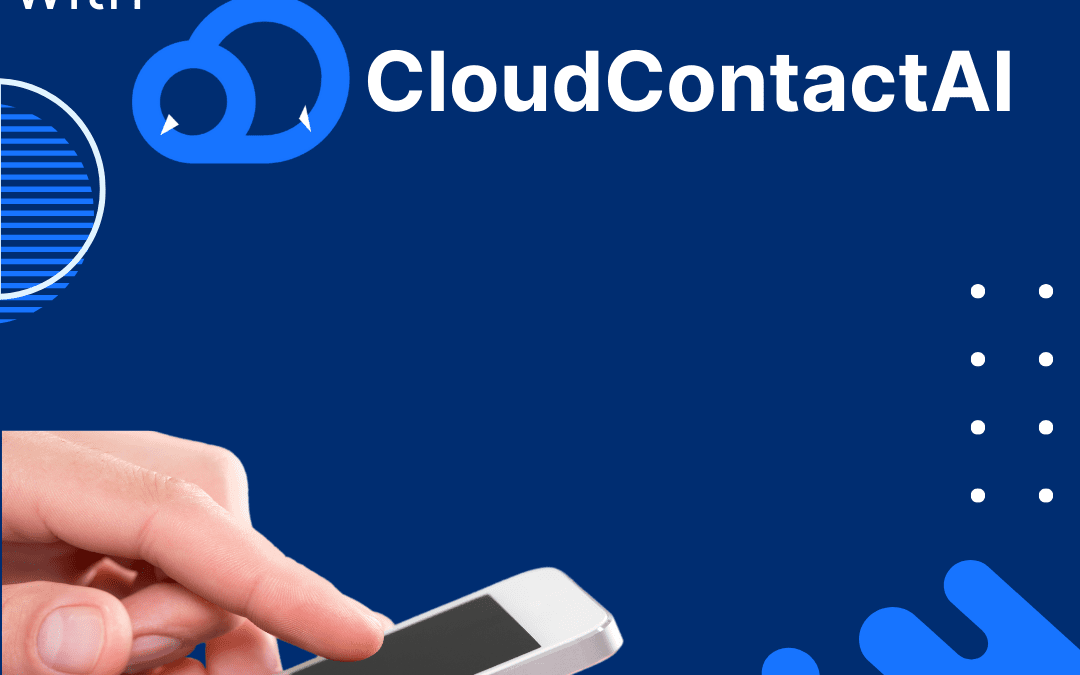
Beyond Templates: Revolutionizing Content Creation with Generative AI
How companies convey their messages has undergone a transformative journey. Traditional templates, once the backbone of content creation, are gradually giving way to more dynamic and innovative approaches. CloudContactAI’s Generative AI stands at the forefront of this evolution, offering businesses a leap beyond conventional templates. This blog post explores the revolutionary impact of AI-generated content on business communication, shedding light on its flexibility, creativity, and the technical intricacies that set it apart.
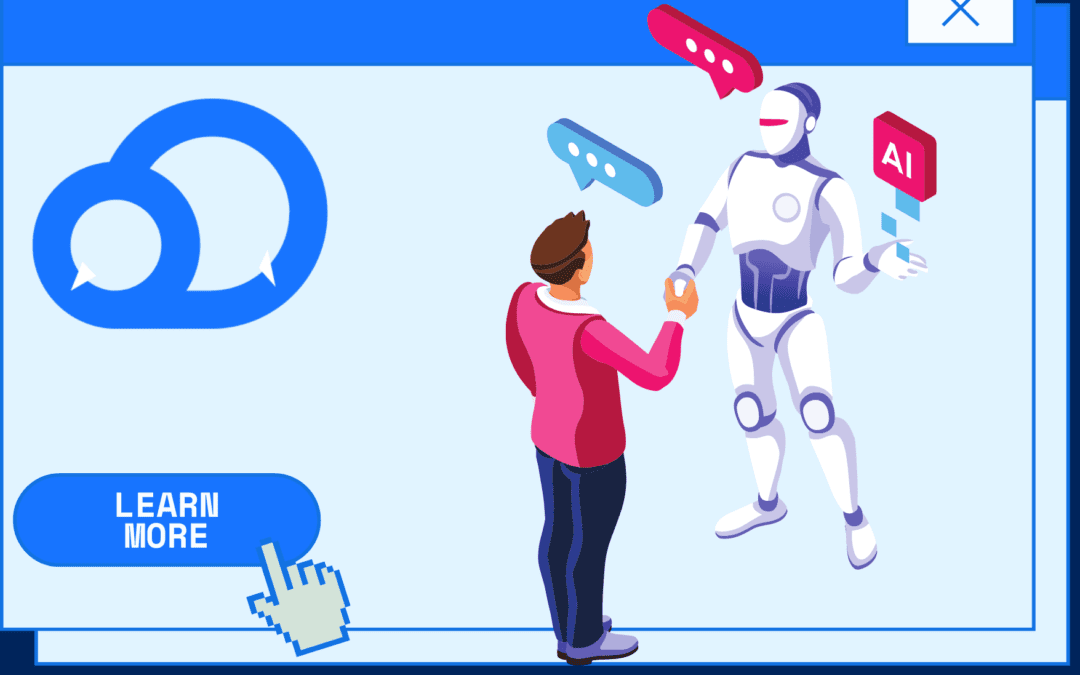
Balancing Automation and Personalization with Generative AI
When it comes to business communication, the integration of Generative Artificial Intelligence (AI) has become a game-changer. Automated communication systems offer efficiency and scalability, but they also pose the risk of diluting the personalized touch that customers crave. Striking the delicate balance between leveraging Generative AI for automated communication and maintaining a personalized touch is crucial for businesses seeking effective and efficient communication strategies.

The Difference Between Toll-Free and A2P 10DLC
In the ever-evolving landscape of communication, businesses are presented with a multitude of options to connect with their audience. Two prominent solutions, Toll-Free and A2P 10DLC, play crucial roles in facilitating seamless communication between businesses and consumers. In this article, we will explore the characteristics of Toll-Free and A2P 10DLC, highlighting their differences and helping businesses make informed decisions about which communication channel aligns best with their needs.

Generative AI and the Future of Virtual Assistants: Beyond Scripted Interactions
In recent years, virtual assistants have become an integral part of our daily lives, revolutionizing the way we interact with technology. Powered by Generative AI, these assistants have evolved beyond scripted interactions, enabling more natural, context-aware conversations. In this blog post, we will explore the evolution of virtual assistants and delve into how CloudContactAI’s generative AI solutions are at the forefront of this transformative journey.
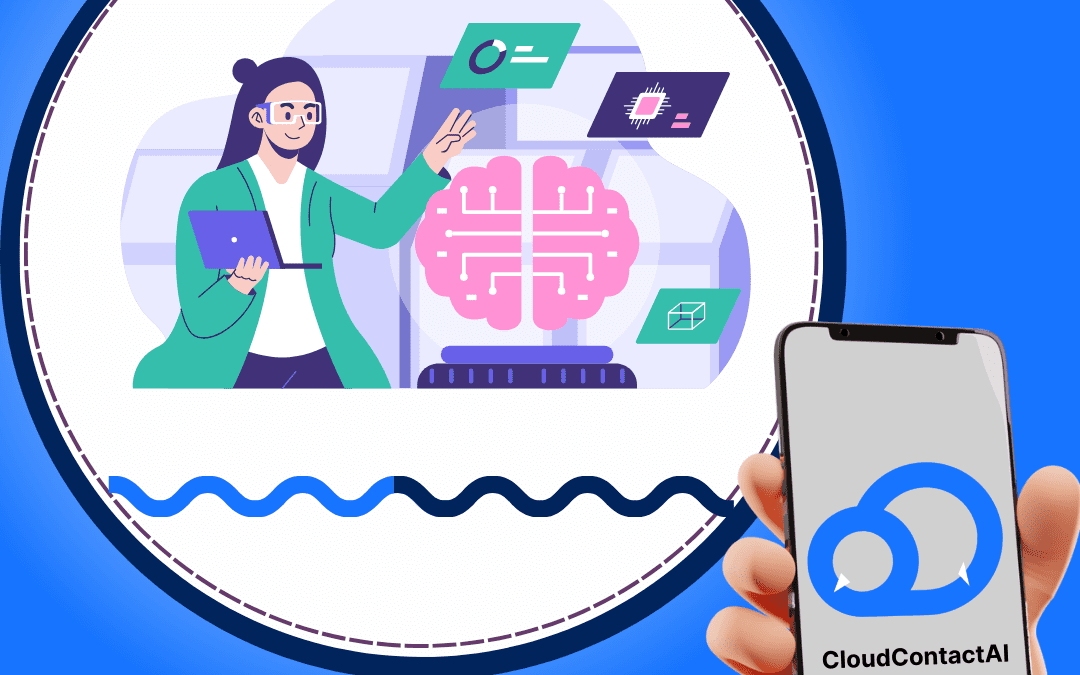
Smart Strategies for AI-Driven Personalization
When it comes to digital marketing, staying ahead of the curve is crucial for success. One of the most powerful tools in a marketer’s arsenal today is Artificial Intelligence (AI), specifically when it comes to personalization in online advertising. AI-driven personalization allows marketers to tailor their messages to individual users, creating a more engaging and relevant experience. In this guide, we’ll explore smart strategies for harnessing the potential of AI-driven personalization to maximize the impact of your online advertising campaigns.

Using Generative AI to Improve Email Deliverability
Email communication stands as a pivotal tool for both businesses and individuals in today’s dynamic digital environment. The success of email campaigns pivots on a key factor: deliverability. In recent years, Generative Artificial Intelligence (AI) has emerged as a transformative force across industries, and its influence on email deliverability is noteworthy. This blog post will explore how Generative AI can revolutionize and streamline email deliverability, equipping marketers and businesses with potent tools to elevate their communication strategies.
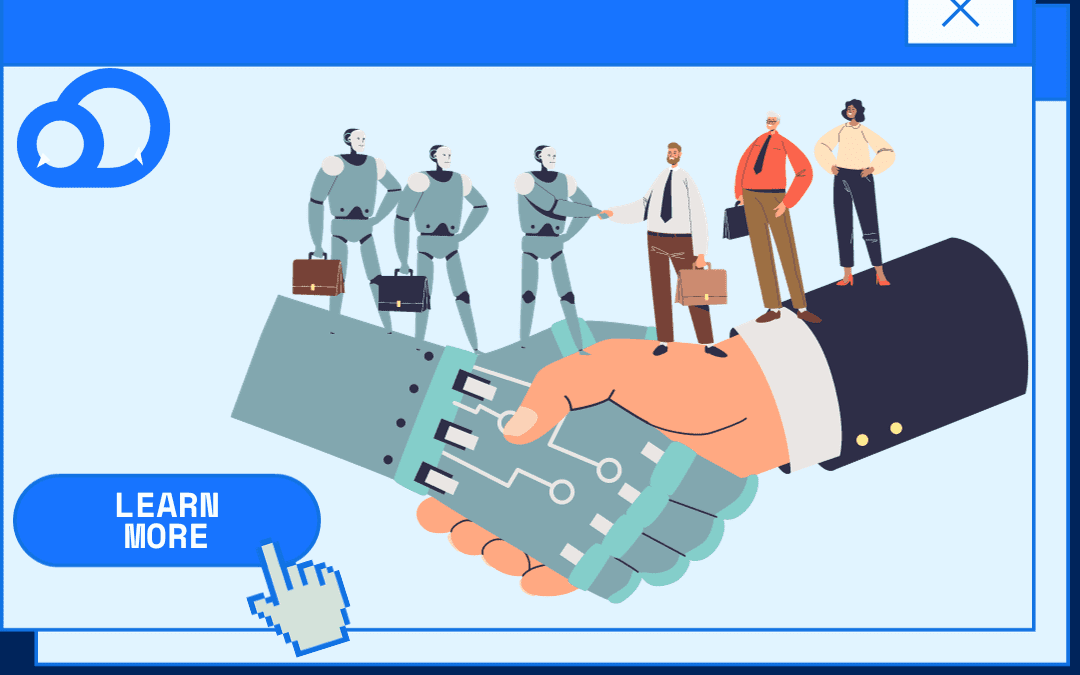
The Synergy of AI and Human Creativity in Content Marketing
Explore the transformative synergy between AI and human creativity in content marketing. Dive deep into the augmented creativity, personalized experiences, automated content generation, SEO optimization, and enhanced user experiences. Navigate the ethical considerations shaping this dynamic partnership, unlocking innovative possibilities for brands in the digital age.
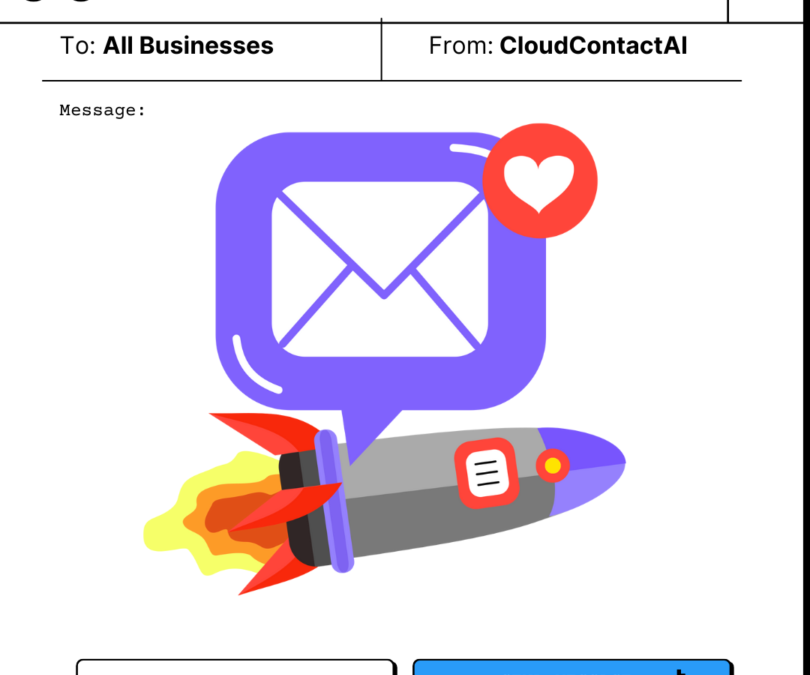
AI-Powered Personalization: The Secret to Skyrocketing Email Engagement
Email marketing continues to play a pivotal role as a vital tool for businesses seeking to establish and maintain connections with their target audience within the dynamic landscape of our fast-paced digital world. Despite its enduring significance, the challenge of capturing attention within cluttered inboxes remains a persistent hurdle for marketers. In response to this ongoing challenge, the integration of AI-powered personalization has emerged as a crucial strategy to revolutionize and optimize email engagement.

